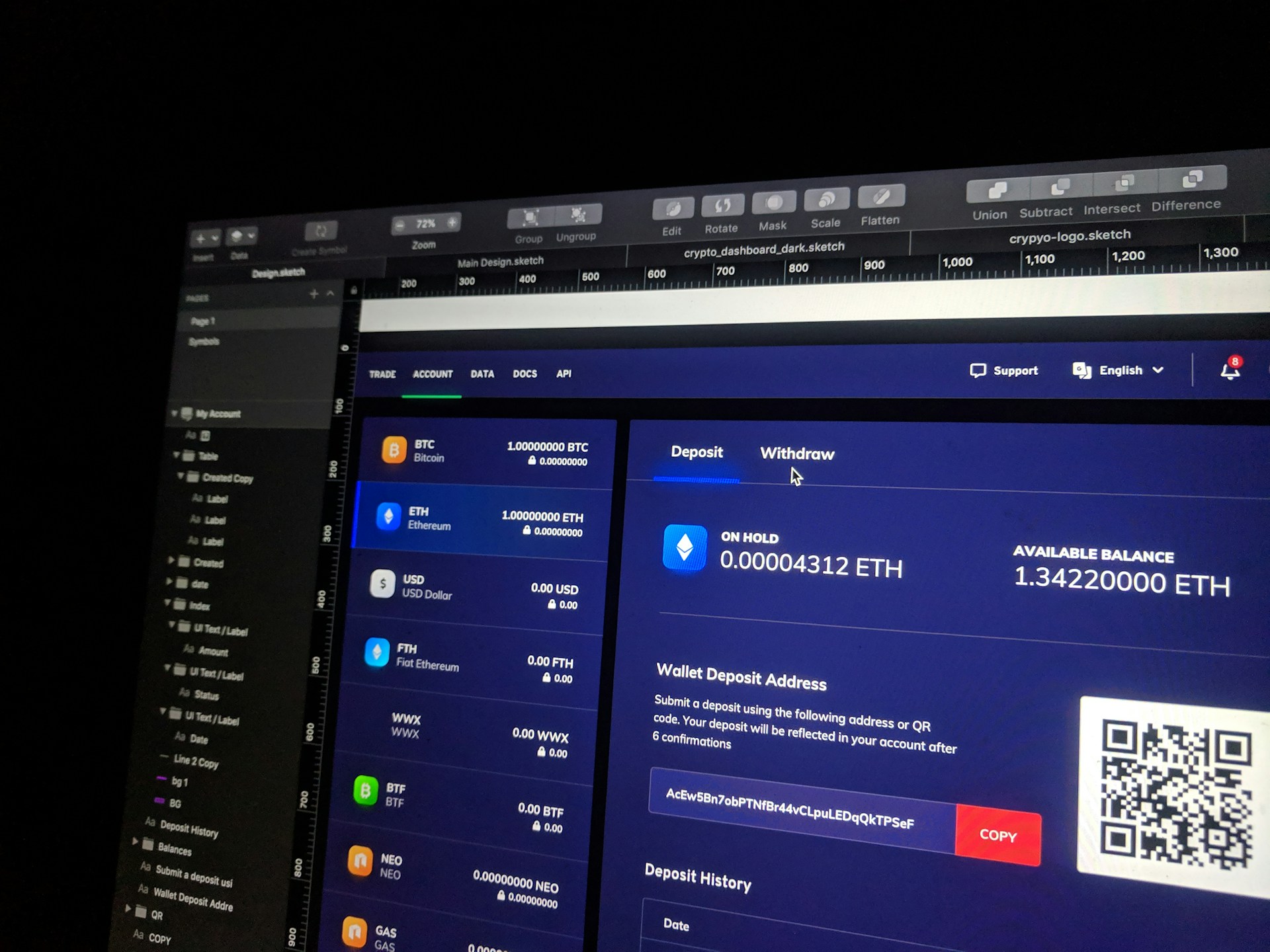I remember sitting in a cramped coffee shop in Bangalore three years ago, watching a startup founder literally pull his hair out over this exact question. His co-founder wanted mobile-first. The investors were pushing for web. The developers were split down the middle.
Fast forward eighteen months – they’d burned through their seed funding building both simultaneously, launched neither properly, and… well, you can guess how that story ended.
Don’t be that guy.
Look, I’ve been in the trenches with tech companies for over fifteen years now. I’ve seen brilliant ideas crash because of platform decisions, and I’ve watched average concepts soar simply because the founders got this one thing right. So let’s cut through the noise and figure out what actually works in 2025.
The Question Everyone Gets Wrong
Here’s the thing – most people approach this decision completely backwards. They start with “What’s trendy?” or “What did that successful startup do?” Instead of asking the only question that actually matters: “Where do my users naturally want to solve this problem?”
I learned this the hard way working with a fitness startup in Chennai. Beautiful mobile app, stunning design, worked flawlessly. But their core users were gym owners who spent most of their time behind desks, managing schedules on laptops. Guess what platform would’ve made more sense?
Yeah. Sometimes the obvious choice isn’t so obvious until it slaps you in the face.
When Web Apps Just Make Perfect Sense
Web applications have this incredible advantage that people often overlook – universal access. No downloads, no updates, no app store politics. Your grandmother can use it on her ancient Windows laptop, your teenager can access it on their Chromebook, and you can demo it to investors without asking them to download anything. 
I worked with this web application development company last year (can’t name names, but they’re killing it now). They were building a project management tool and almost went mobile-first because “that’s where users are.” Thank goodness they didn’t. Their users needed multiple monitors, keyboard shortcuts, and the ability to have twelve tabs open simultaneously. Try doing that on a phone.
Web makes sense when you’re building something that:
- Requires heavy data entry or complex workflows
- Benefits from multiple windows or tabs
- Needs to integrate seamlessly with other web-based tools
- Serves users who are already desk-bound for this type of work
- Requires frequent updates without the app store bottleneck
The web app developers India I work with regularly tell me their clients are shocked by how sophisticated modern web apps can be. We’re not talking about clunky websites here – these are full-featured applications that feel as smooth as native apps.
The Mobile-First Reality Check
But here’s where I’ll be completely honest with you – sometimes mobile isn’t just preferable, it’s absolutely essential.
Take this food delivery startup I consulted for in Coimbatore. They initially wanted to build a web app because it was cheaper. I had to practically shake them and explain: your users are hungry, they’re on the go, they need GPS integration, and they want push notifications when their food arrives. Building web-first would’ve been startup suicide.
Mobile becomes non-negotiable when:
- Location services are core to your value proposition
- Camera integration is essential (think Instagram, not Zoom)
- Users primarily engage during short, mobile moments
- Push notifications drive critical user behaviors
- You need deep integration with device hardware
I’ve noticed that web application company USA partners often push back on mobile-first approaches, and honestly, sometimes they’re right to do so. But other times, they’re just trying to stay in their comfort zone.
The Smart Money Play Most People Miss
Here’s what I’ve been recommending to almost everyone lately: Progressive Web Apps (PWAs).
I know, I know – it sounds like consultant speak. But hear me out. PWAs give you about 80% of native mobile functionality while maintaining the universal accessibility of web apps. You can literally have your cake and eat it too.
A web app firm in India & US I work with regularly has been building PWAs for clients, and the results are pretty incredible. Users can install them on their home screens, they work offline, they send push notifications, but you’re still maintaining one codebase instead of three.
Not every project is right for PWAs, but honestly? More are suitable than most people realize.
Let’s Talk Real Numbers (Because Budget Matters)
Nobody wants to admit it, but budget constraints make this decision for a lot of startups. Native mobile development means building twice – iOS and Android are different beasts entirely. Unless you’re going cross-platform with React Native or Flutter, you’re looking at roughly double the development time.
Most web app development services in coimbatore (or anywhere, really) can deliver a solid web solution for about half what dual-platform mobile development costs. For bootstrapped founders counting every rupee, this math is hard to ignore.
But – and this is crucial – I’ve seen penny-wise, pound-foolish decisions destroy companies. Saving money on the wrong platform choice can cost you everything later when you have to rebuild from scratch.
What’s Actually Happening in 2025
The landscape has shifted pretty dramatically from even two years ago. SaaS web development has reached this sweet spot where web apps can deliver experiences that honestly feel native across all devices. The performance gap has narrowed significantly.
Meanwhile, app store dynamics have become… let’s call them “challenging.” Apple’s review process can add weeks to your timeline. Google keeps changing their policies. For companies that need to move fast and iterate quickly, these gatekeepers can feel like speed bumps you don’t need.
I’m seeing more successful companies launch web-first, validate their assumptions, build initial traction, then expand to native mobile with real user data to guide decisions.
My Framework (That Actually Works in Practice)
After helping dozens of companies through this decision, here’s what I actually recommend:
Start with user context, not your preferences. Spend time understanding when and where your target users typically encounter the problem you’re solving. If it’s during focused work sessions, web probably wins. If it’s quick, on-the-go moments, mobile takes priority.
Map your must-have features brutally honestly. Don’t get caught up in nice-to-haves. What features absolutely require native mobile capabilities? If that list is short, web might be your answer.
Consider your go-to-market reality. Web apps can be launched and updated faster. If getting to market quickly is make-or-break for your situation, this speed advantage can be decisive.
Play to your team’s strengths. If you’re working with enterprise web app developers who know modern web technologies inside and out, leveraging their expertise might be smarter than starting from scratch with mobile development skills you don’t have.
Why Location Still Matters (More Than You Think)
When I’m evaluating different development partners, I’ve noticed that location can make a bigger difference than people expect. Teams that understand both US and Indian markets bring insights that pure outsourcing relationships often miss.
User behavior patterns, device preferences, internet connectivity – these things vary significantly between markets. A development team with real experience across both regions can help you make platform decisions that actually work for your target audience.
My Honest Recommendation
Unless your app absolutely requires native mobile features that can’t be replicated in a PWA, start with a really well-built web application. Get it in front of users quickly. Learn from how they actually use it. Then expand to native mobile if the data justifies it.
This approach minimizes your risk, maximizes learning, and keeps your options open. You’ll have real user behavior data to inform your mobile strategy instead of making educated guesses that might be completely wrong.
The companies winning in 2025 aren’t necessarily the ones who made the perfect initial platform choice. They’re the ones who chose the platform that got them to market fastest with the best possible experience for their specific users, then adapted based on what they learned.
Your idea deserves a smart execution strategy. Choose the platform that serves that goal, not the one that sounds impressive in pitch meetings.



